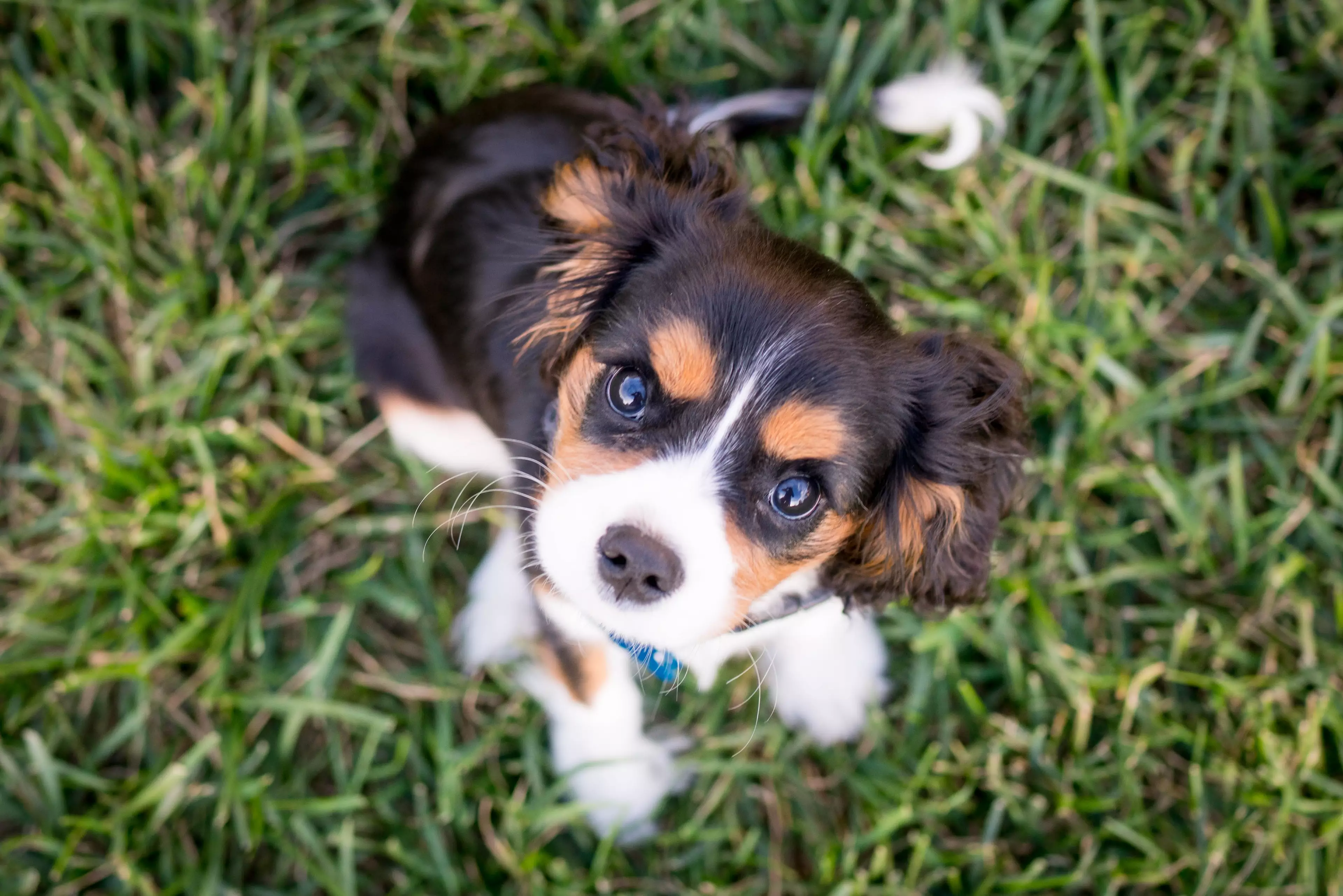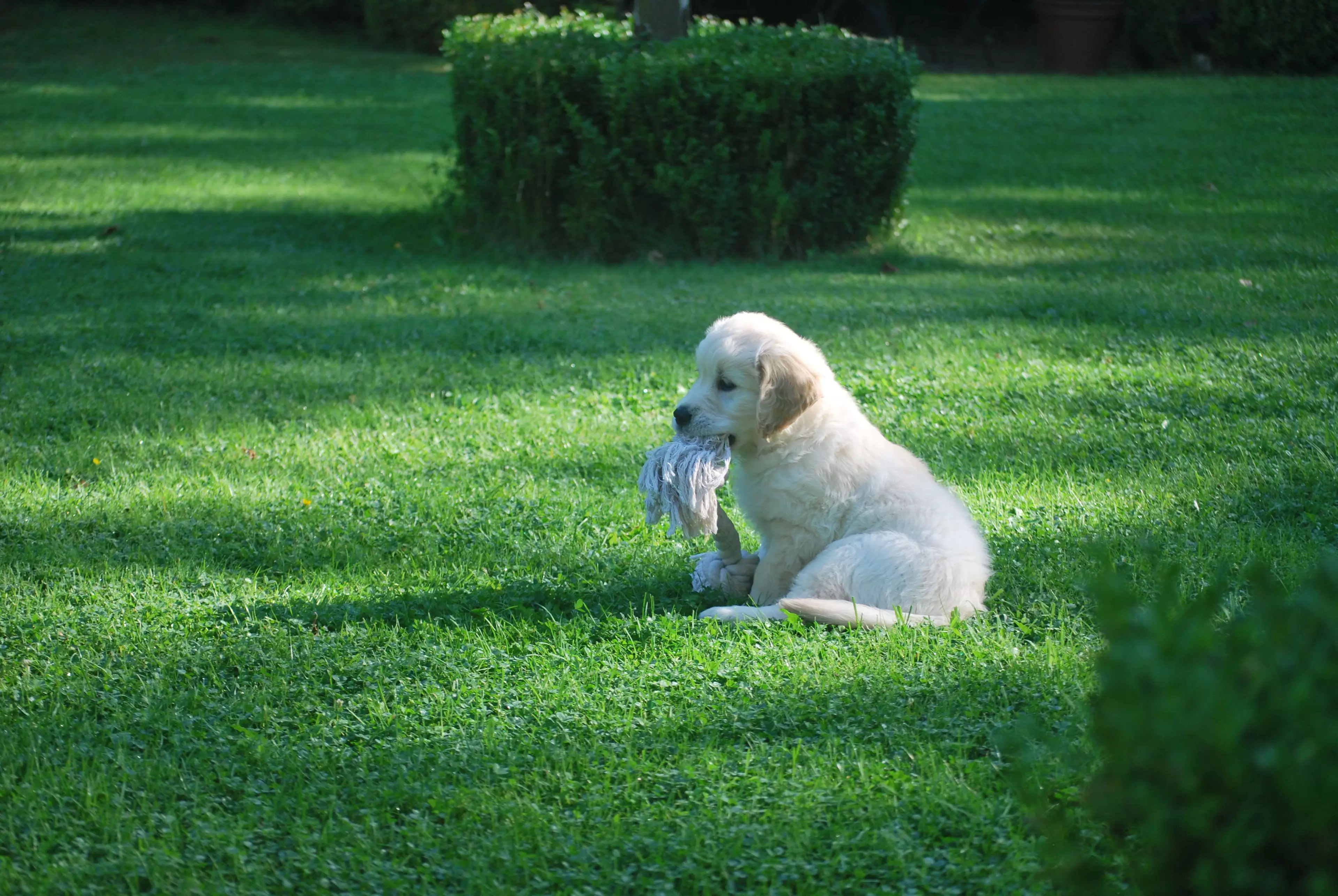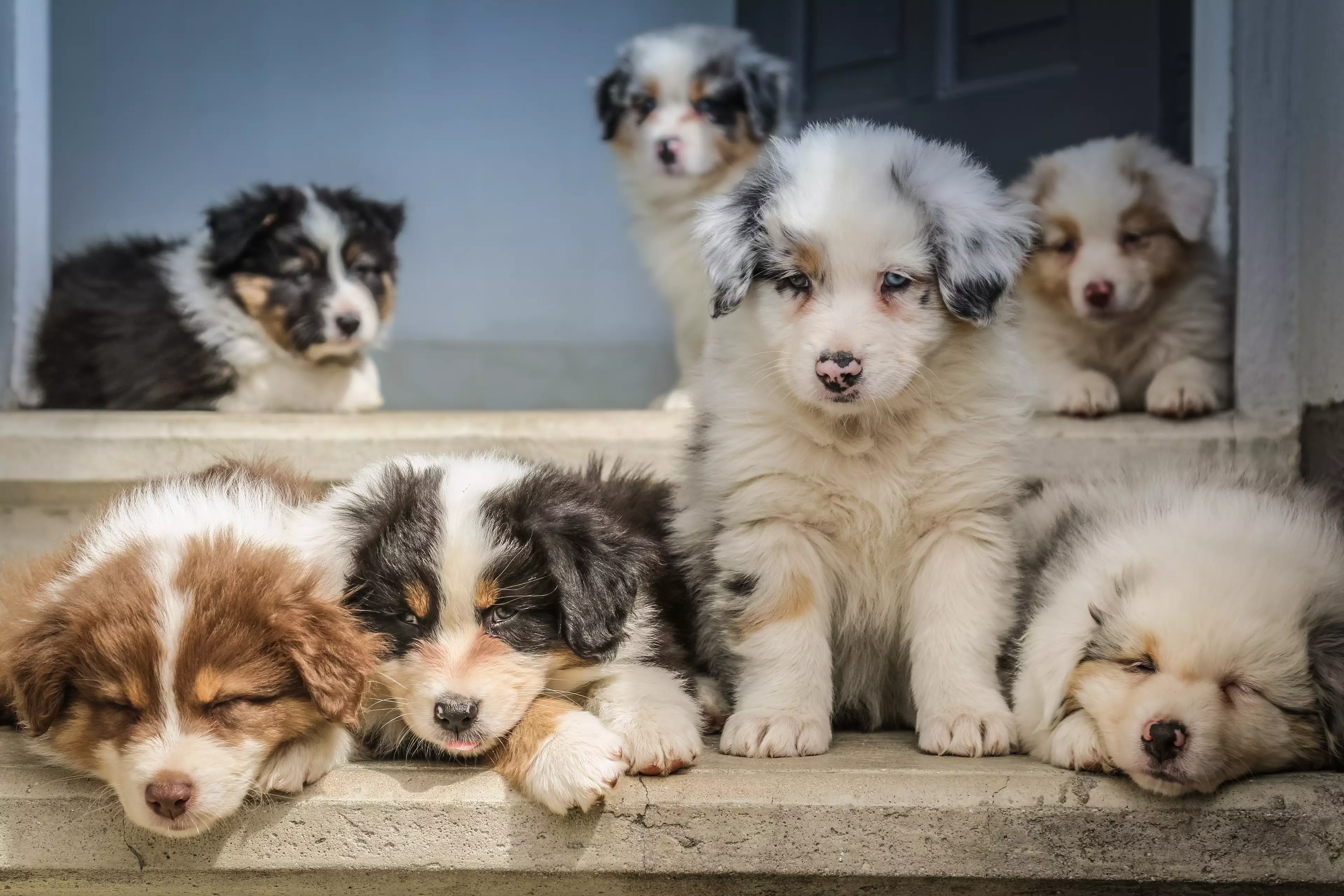
As cute and puppy-dog eyed as they are: training a dog isn't easy. But while shouting at them may seen like the best way to get them to behave when they're being naughty - animal experts have revealed that raising your voice is the worse thing you can do when trying to train your pup. It can even make their behaviour worse.

Dr. Lyane Haywood, co-founder of Vet UK, also says cuddles, while tempting when your doggo is such a good dog, should be given out sparingly if you want to raise a well-behaved and well-rounded pooch.
"When it comes to dog training, it should be seen as a two way street, involving a certain amount of give and take from both you and the animal," Dr. Haywood explained to Metro.

"There's almost never a time when screaming and yelling at your dog is acceptable. Unless your dog is about to run into a busy road and come to serious harm, I wouldn't ever use any form of harsh voice."
Advert
Dr. Lyane told the newspaper that it's important to remember that dogs aren't human and won't respond to your emotional cues in the same ways. A human understands what emotion you're displaying when you shout and how to respond to your anger but a dog doesn't.

Dr Lyane explained that if you shout at a dog for making noise because they are excited or scared they can mistake your noise making for the same emotion, which encourages them to keep going.
The expert was keen to stress that dog training should focus on positive reinforcement, which is far more effective than punishment.

Over-comforting your canine can be just as detrimental to their behaviour. Especially when they are expressing fear because you've turned the vacuum cleaner on or there's a thunder storm outside. While your first instinct may be to scoop them up and give them a cuddle, this is actually reinforcing their scared behaviour.

"Don't rush to hug, instead remove the dog from the situation, let it calm down naturally, and re-introduce it to the thing making it scared, gradually. Bring your dog as close as you can to the scary thing without it actually becoming afraid and reward the dog. Patience is key here."
Advert
Here are Dr. Lyane's tips for training your dog"
- The very first lesson your dog needs to learn is to 'leave it' . If your dog has no willpower, then every other aspect of training is going to be more difficult. And science has shown that dogs' willpower has to be learned and developed. Patience is key and don't expect them to understand straight away.
- Being able to get your dog to come back to you is key to keeping them safe. Make sure that coming back to you is always a positive experience for your dog, no matter how frustrated you may be feeling if they've ignored you the first dozen times you called.
- Invest in a training clicker and give your dog a treat whenever you click. The dog learns a positive association with the sound, making training much more effective.
- If you're using a clicker, timing is everything. If you're teaching a dog to sit the click needs to be heard as its tush touches the floor. It's that sensation you're reinforcing.
- Treat should follow click, although it doesn't have to be immediate. And when you don't need a treat anymore, you don't need the clicker either. Regardless of how old or well trained your dog is, remember to treat them every now and then to their favourite treat, toy or a scratch behind the ear.